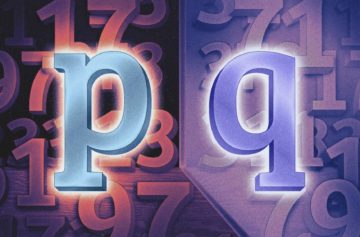Max G. Levy in Quanta:
 There are three kinds of prime numbers. The first is a solitary outlier: 2, the only even prime. After that, half the primes leave a remainder of 1 when divided by 4. The other half leave a remainder of 3. (5 and 13 fall in the first camp, 7 and 11 in the second.) There is no obvious reason that remainder-1 primes and remainder-3 primes should behave in fundamentally different ways. But they do.
There are three kinds of prime numbers. The first is a solitary outlier: 2, the only even prime. After that, half the primes leave a remainder of 1 when divided by 4. The other half leave a remainder of 3. (5 and 13 fall in the first camp, 7 and 11 in the second.) There is no obvious reason that remainder-1 primes and remainder-3 primes should behave in fundamentally different ways. But they do.
One key difference stems from a property called quadratic reciprocity, first proved by Carl Gauss, arguably the most influential mathematician of the 19th century. “It’s a fairly simple statement that has applications everywhere, in all sorts of math, not just number theory,” said James Rickards, a mathematician at the University of Colorado, Boulder. “But it’s also non-obvious enough to be really interesting.”
Number theory is a branch of mathematics that deals with whole numbers (as opposed to, say, shapes or continuous quantities). The prime numbers — those divisible only by 1 and themselves — are at its core, much as DNA is core to biology. Quadratic reciprocity has changed mathematicians’ conception of how much it’s possible to prove about them.
More here.
